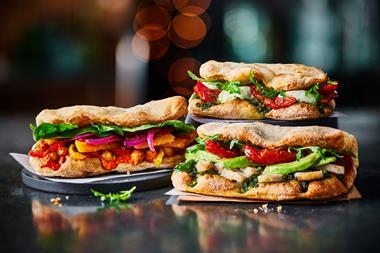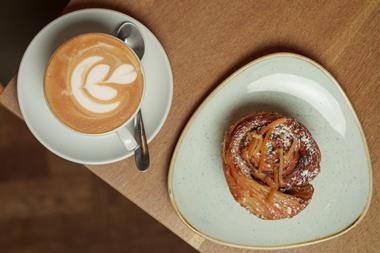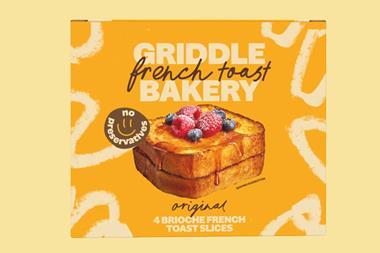There has been a dramatic shift away from white bread, according to the National Food Survey.
The figures suggest the amount of white bread people are eating has fallen from 25 to 15 slices a week over the past four decades, based on a 40g slice from a medium sliced loaf.
Purchases of white bread have dropped 75% since 1974, according to the survey, while those of brown and wholemeal bread have risen by 85%.
History of the survey
The data, published by the Department for Environment, Food and Rural Affairs (Defra) as part of its “open data” scheme, is from 150,000 households who took part in the survey between 1974 and 2000, combined with information from 2000 to 2014.
The National Food Survey was set up in 1940 by the government after concerns about health and access to food.
This year’s survey shows a shift towards healthier diets, especially in areas such as low-calorie soft drinks, and milk, where there has been a shift from whole to skimmed.
Spending less on food
Britons are spending a smaller proportion of pay on food today – 11%, compared with 24% in 1974.
Elizabeth Truss, environment, food and rural affairs secretary, said: “Food is the heart and soul of our society and this data not only shows what we were eating 40 years ago, but how a change in culture has led to a food revolution.
“By opening up this data we can look beyond what, where or how previous generations were eating and pinpoint the moments that changed our habits for good. We’ve only scraped the surface of what the National Food Survey can tell us and from local food maps and school projects to predicting new food trends, I look forward to seeing how this data can be used to learn more about our past and grow our world-leading food and farming industry in the future.”
The news comes as Marks & Spencer recently announced it will become the first UK retailer to start adding fibre to its entire range of pre-packed bread and rolls. The retailer said shoppers spent £40million less on white bread last year.
































No comments yet